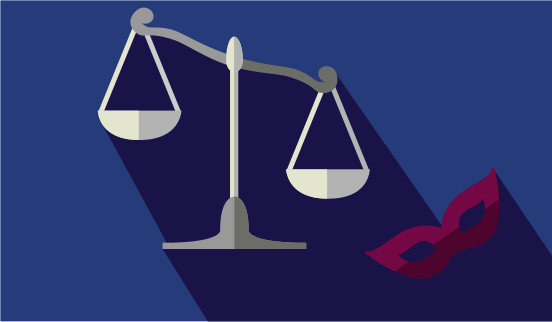 The new administrative laws (Law 39/2015, of October 1, on common administrative procedure of public administrations – LPACAP and Law 40/2015, of October 1, on the legal regime of the public sector – LRJSP) incorporate in matters of digital administration, in an adapted form, what until now was regulated in Law 11/2007, of June 22, on electronic access of citizens to public services (LAECSP), as regards electronic operation of the public sector, and some of the provisions of RD 1671/2009, of November 6, applicable to the General Administration of the State, which partially developed the previous one. Despite the fact that the LPACAP repeals the LAECSP, it must be borne in mind that, according to the majority of the doctrine, what the LPACAP does not provide with respect to what was in force with the LAECSP, and does not go against it, must be fully understood application
The new administrative laws (Law 39/2015, of October 1, on common administrative procedure of public administrations – LPACAP and Law 40/2015, of October 1, on the legal regime of the public sector – LRJSP) incorporate in matters of digital administration, in an adapted form, what until now was regulated in Law 11/2007, of June 22, on electronic access of citizens to public services (LAECSP), as regards electronic operation of the public sector, and some of the provisions of RD 1671/2009, of November 6, applicable to the General Administration of the State, which partially developed the previous one. Despite the fact that the LPACAP repeals the LAECSP, it must be borne in mind that, according to the majority of the doctrine, what the LPACAP does not provide with respect to what was in force with the LAECSP, and does not go against it, must be fully understood application
In addition, it must be borne in mind that digital administration goes beyond electronic administration. It's not just about applying technology to what we're already doing today. The real revolution that Public Administrations are facing is to use this technology to transform their processes from a clearly innovative vision, in order to simplify them and be able to provide more personalized services to citizens, while being proactive and also predictive, using new mobile technologies, cloud computing, big data, open data and new forms of collaboration with citizens and companies. In this way, it will be possible to build more open, intelligent and efficient Public Administrations, which are accountable to citizens and which incorporate transparency as the usual way of doing all administrative activity.
From the AOC we want to support you in the digitization process of your Administration, and that is why through this Guide we present you, in a schematic form, those fundamental instruments to be able to deploy digital administration in the public sector of Catalonia, while putting at your disposal, on the one hand, a whole catalog of solutions that allow compliance with legal obligations and on the other, trying to discover those "shadows" that are still present at the time of effectively apply this regulation.
In the Guide you will find in a related way:
- The "shadows" or problems that in practice are (or can be) encountered by public sector bodies.
- The proposed solution, based on what is currently provided for by the doctrine or legal interpretations of recognized prestige.
- The #category, legal instrument or theme with which each shadow is related.
- The legal context for quick access to the reference article.
- The solutions offered by the AOC or other supra-municipal bodies for local bodies.
We are aware that everyone's cooperation is important in the application of this new regulation. For this reason, with the intention of enriching the Guide, you can make your contributions through the entry in each shade. So as we uncover the shadows, we will be able to build together the most suitable solution to facilitate the implementation of digital administration in our organizations. We invite you to participate in this project and enrich the proposals together. For now, we present the first 20 shades.


